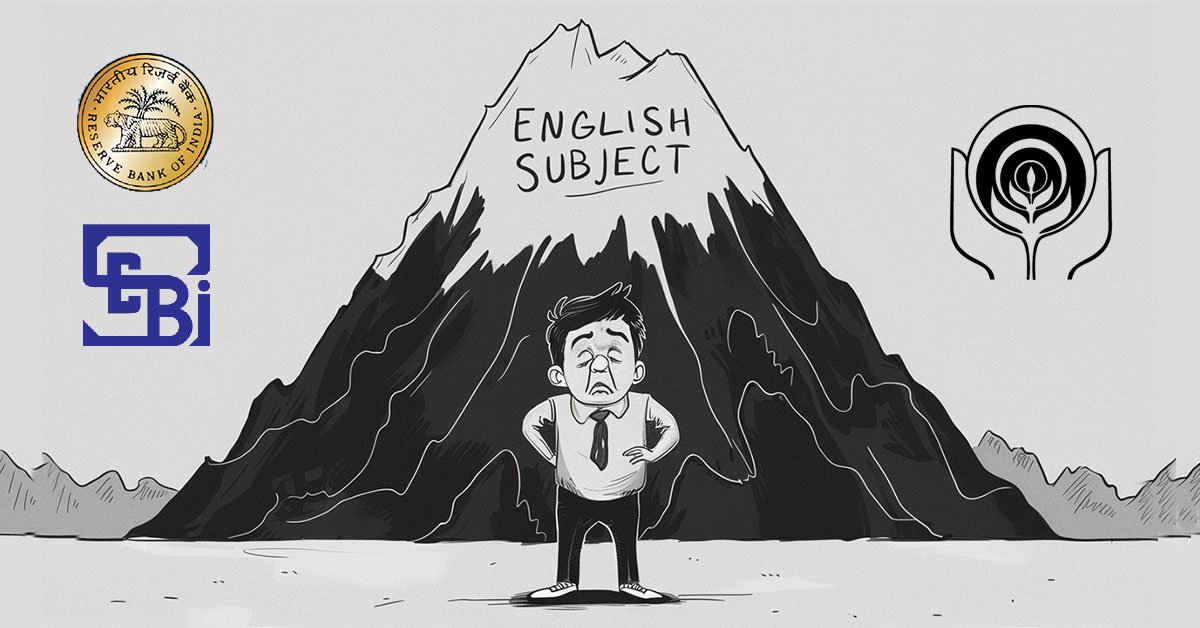Got Questions? We’ve Got Answers!
📚 Whether it’s about exams, career advice, or daily doubts, don’t hesitate—ask away!
💡 Daily Current Affairs for UPSC Quiz | Daily Quiz for UPSC
💡 Your Learning Partner Is Just a Click Away!
👉 Click here to Ask Your Question Now and get clear, reliable answers from experts.
Daily Current Affairs
13 & 14 November, 2025
1. The Climate Risk Index (CRI) 2026 was released at which global summit?
A. COP28, Dubai
B. COP29, Azerbaijan
C. COP30, Belém, Brazil
D. G20 Climate Forum, India
E. UNFCCC SDG Meet, Geneva
Answer: C. COP30, Belém, Brazil
Explanation: Germanwatch released the Climate Risk Index 2026 during COP30 held in Belém, Brazil.
2. As per CRI 2026, which country ranks 9th globally in long-term climate impact?
A. Bangladesh
B. Philippines
C. India
D. Pakistan
E. Indonesia
Answer: C. India
Explanation: India ranks 9th worldwide in long-term climate vulnerability due to repeated extreme weather events and high population exposure.
3. Which extreme weather event was the deadliest globally between 1995–2024 according to CRI 2026?
A. Heatwaves in Europe
B. Cyclone Fani
C. Cyclone Nargis (2008)
D. Uttarakhand cloudburst
E. Australian bushfires
Answer: C. Cyclone Nargis (2008)
Explanation: Cyclone Nargis in Myanmar killed nearly 1.4 lakh people, making it the deadliest rapid-onset disaster in the CRI period.
4. What is the estimated global economic loss from extreme weather events (EWEs) between 1995–2024?
A. USD 1.2 trillion
B. USD 2.5 trillion
C. USD 3.0 trillion
D. USD 4.5 trillion
E. USD 6 trillion
Answer: D. USD 4.5 trillion
Explanation: CRI 2026 reports total global economic losses from EWEs at USD 4.5 trillion over 30 years.
5. According to CRI 2026, how many extreme weather events did India face in the last 30 years?
A. 120
B. 250
C. 340
D. 430
E. 500+
Answer: D. 430
Explanation: India recorded around 430 rapid-onset climate disasters between 1995 and 2024.
6. Estimated economic losses for India due to EWEs over 30 years amounted to:
A. USD 80 billion
B. USD 110 billion
C. USD 150 billion
D. USD 170 billion
E. USD 220 billion
Answer: D. USD 170 billion
Explanation: India’s losses from EWE-related events are estimated at USD 170 billion over the 30-year period.
7. India’s CRI 2026 recommendations include mobilising how much for climate adaptation & mitigation by 2035?
A. USD 100 billion
B. USD 200 billion
C. USD 250 billion
D. USD 300 billion
E. USD 400 billion
Answer: D. USD 300 billion
Explanation: India needs to mobilise USD 300 billion by 2035 to strengthen climate resilience and mitigation efforts.
8. Which major agricultural impact is linked to climate change and discussed in the CRI 2026 report?
A. Excess pesticide use
B. Soil fertility increase
C. Decline in agricultural productivity
D. Increase in groundwater levels
E. Rise in crop export earnings
Answer: C. Decline in agricultural productivity
Explanation: Erratic rainfall, drought, and water scarcity are reducing crop yields across India.
9. Groundwater extraction in India has surged to what approximate level, worsening water stress for agriculture?
A. 100–120 km³
B. 140–160 km³
C. 180–200 km³
D. 240–260 km³
E. 300–320 km³
Answer: D. 240–260 km³
Explanation: India’s excessive groundwater extraction, particularly in agricultural belts, has reached 240–260 km³ annually.
10. Which traditional environmental buffer crucial for protecting coastal farmlands is rapidly declining?
A. Sandstone layers
B. Mangroves
C. Alpine grasslands
D. Desert dunes
E. Coral-free lagoons
Answer: B. Mangroves
Explanation: Mangroves protect coastal soil and agriculture from storms and saltwater intrusion, but they are declining due to development pressure.



















